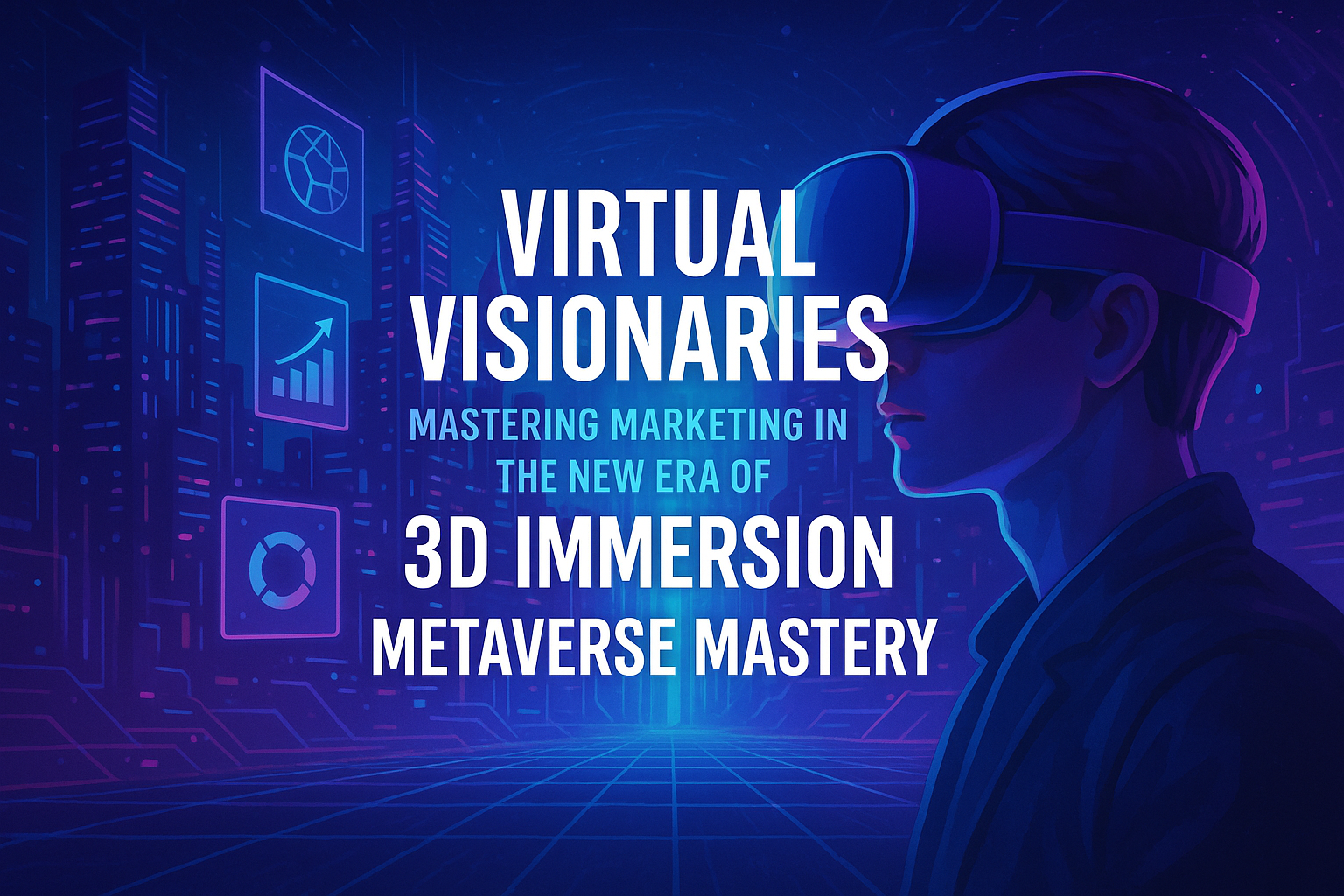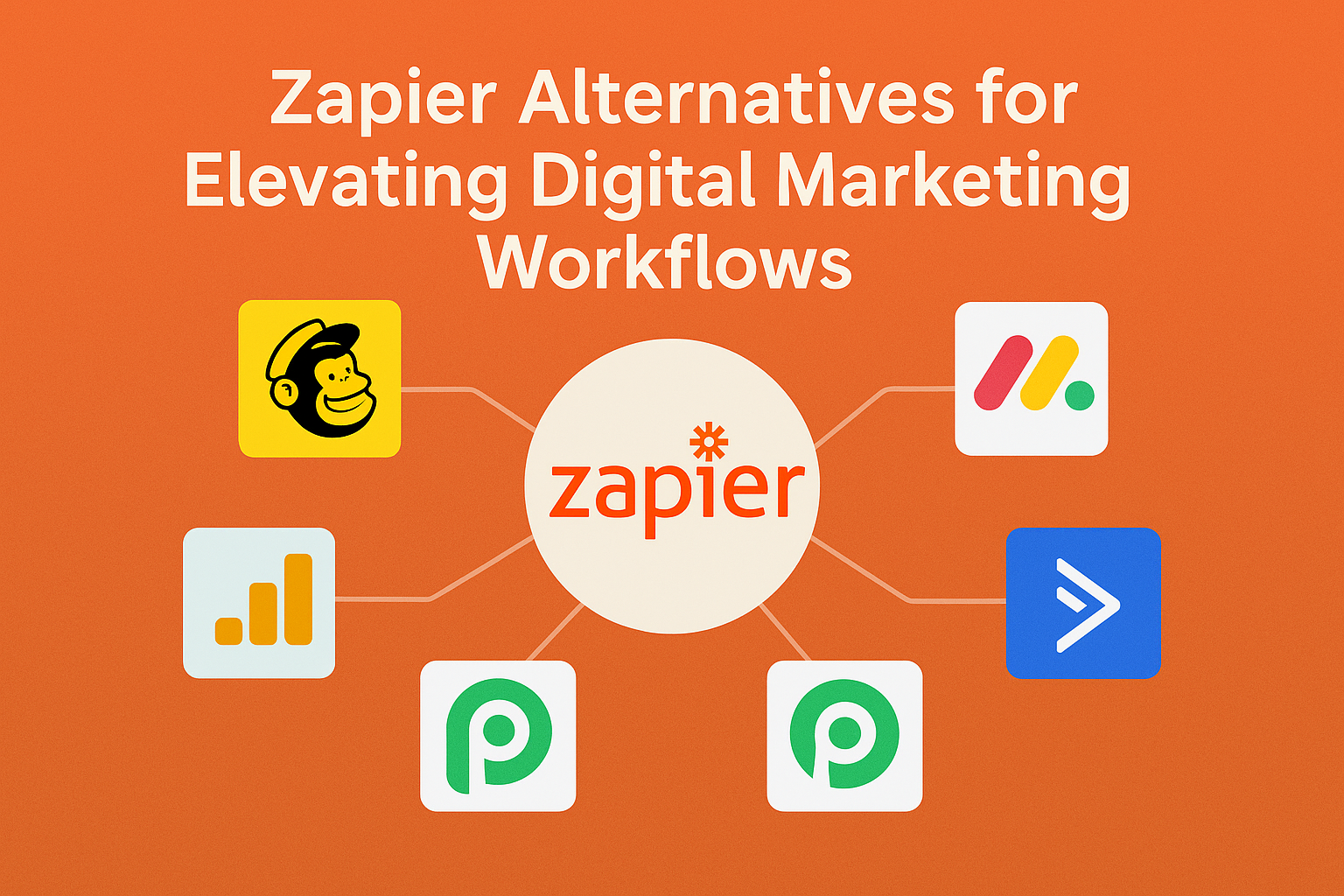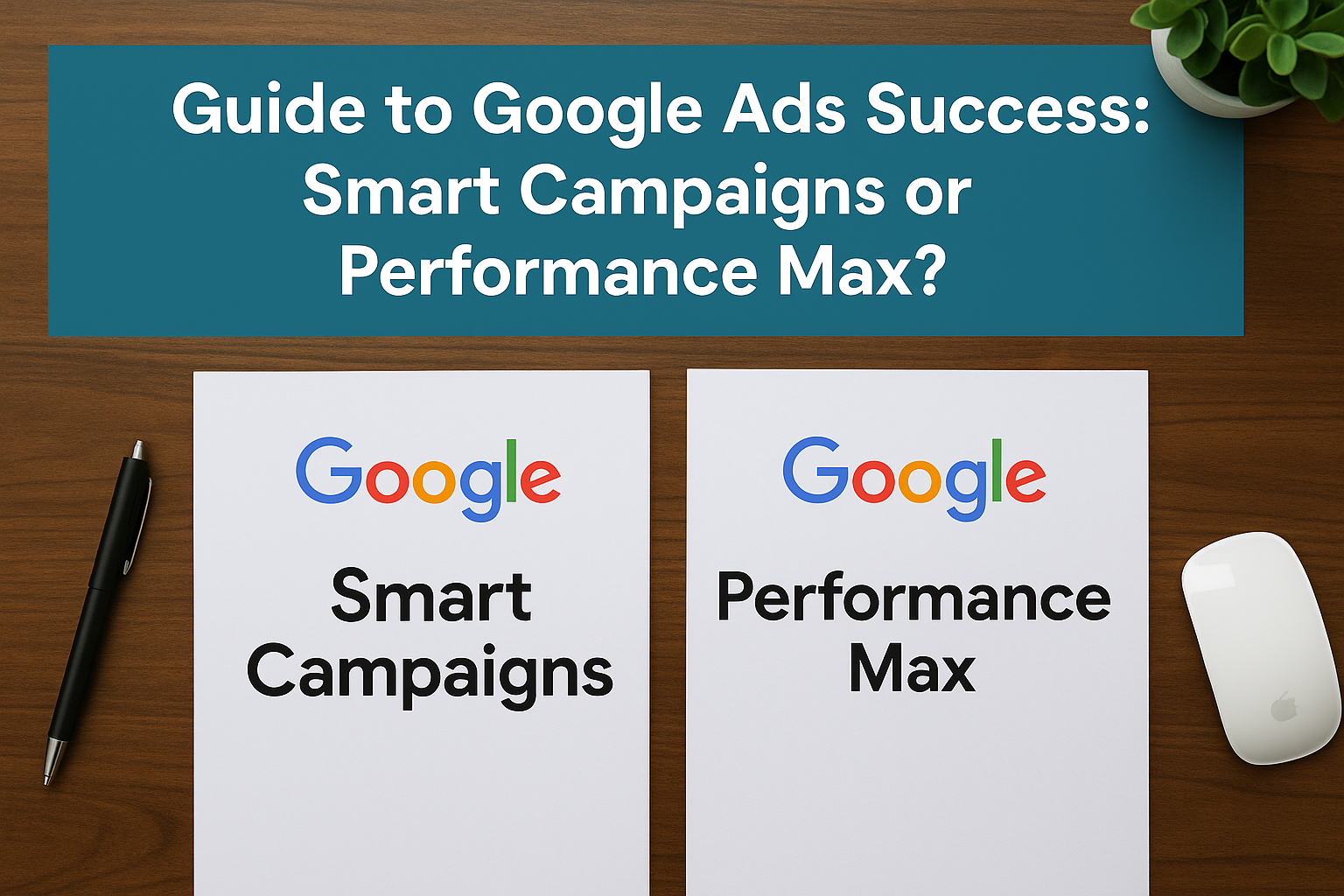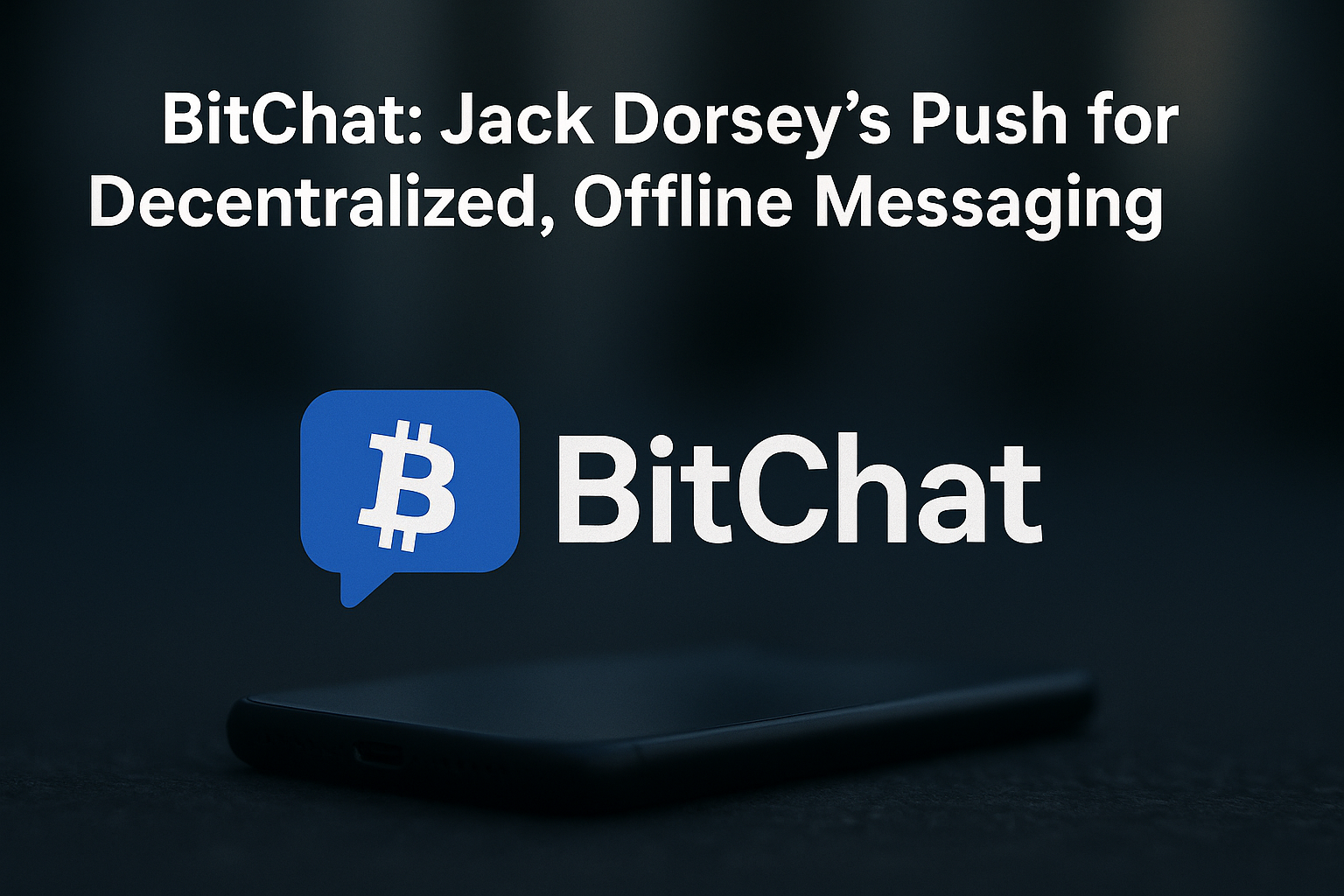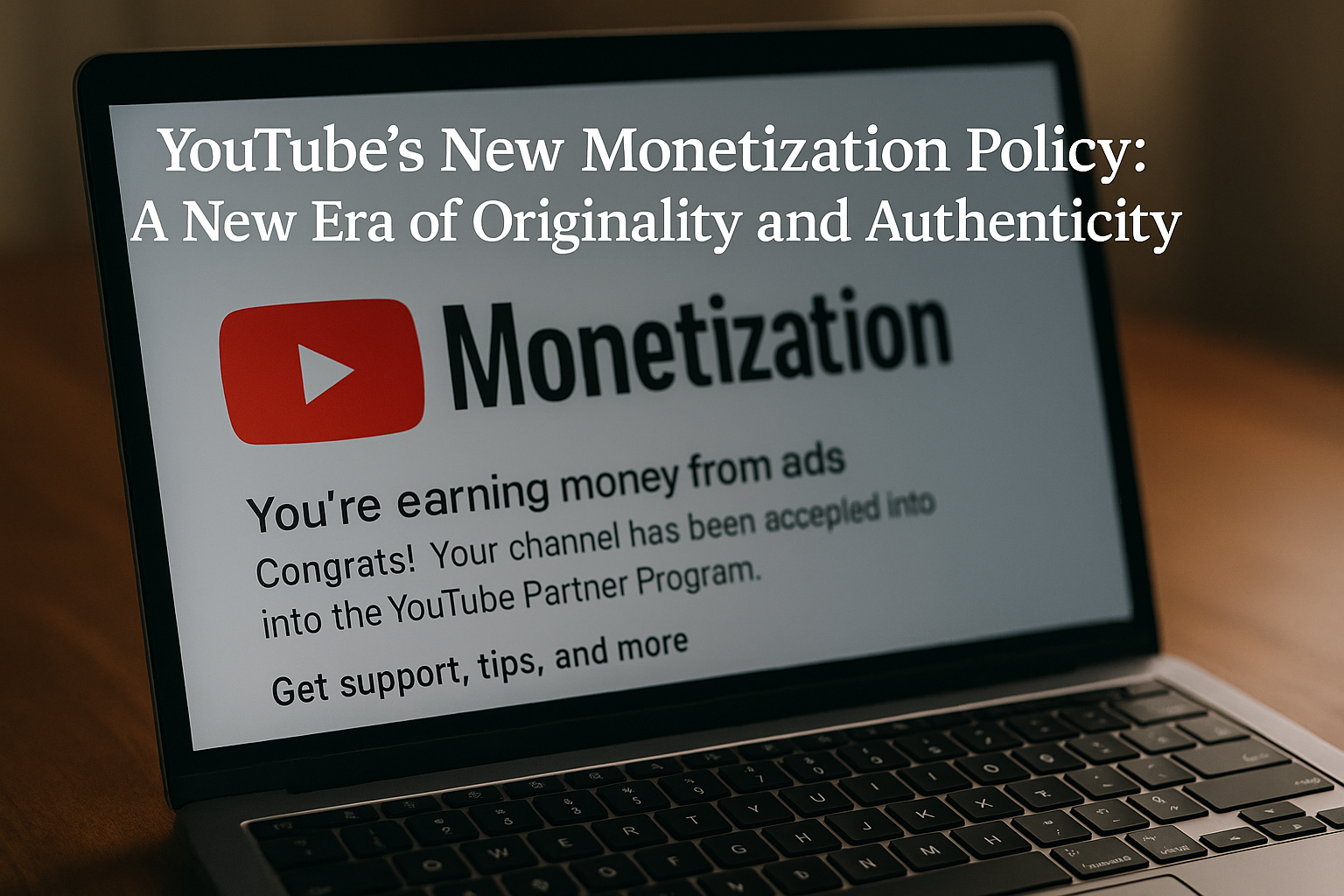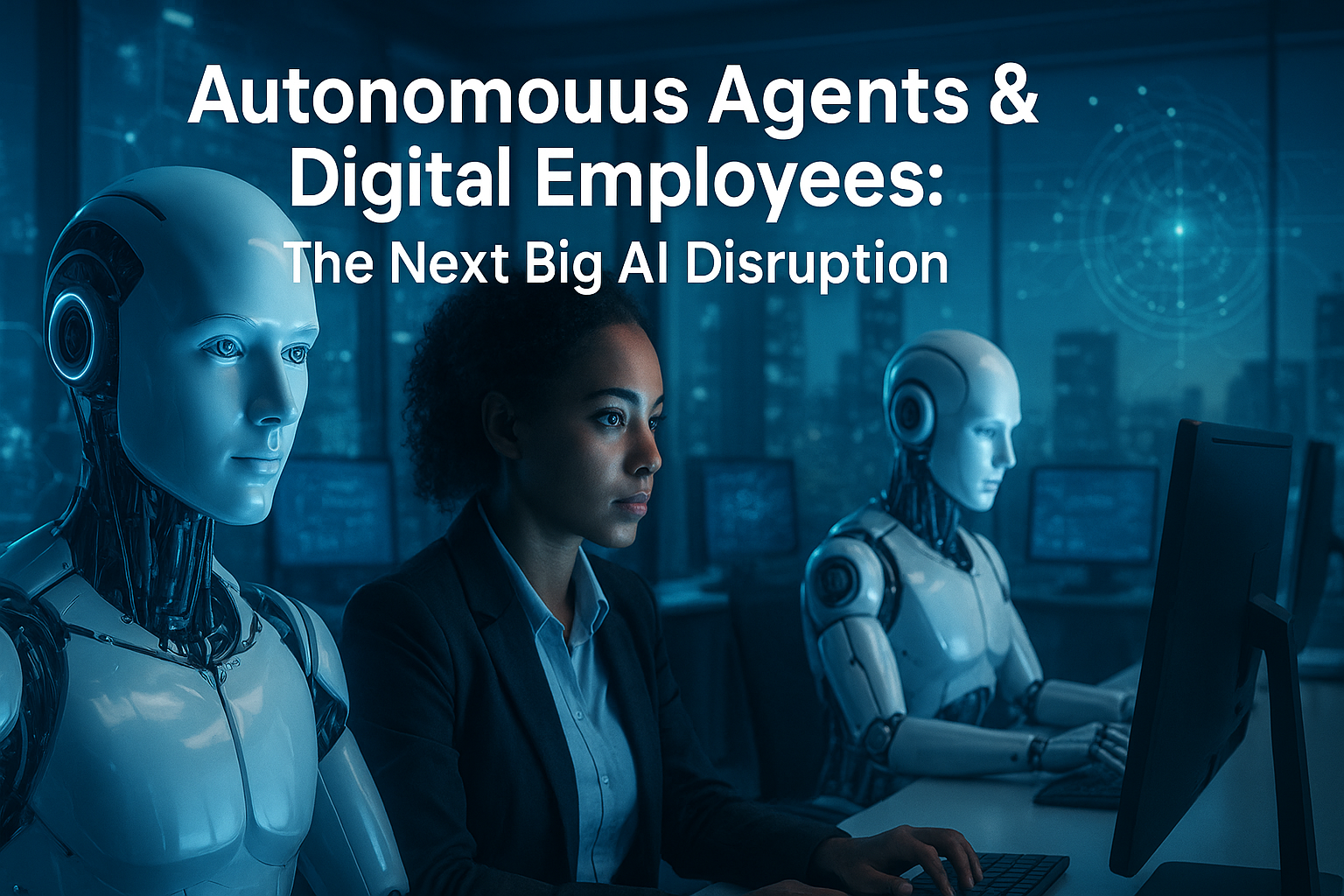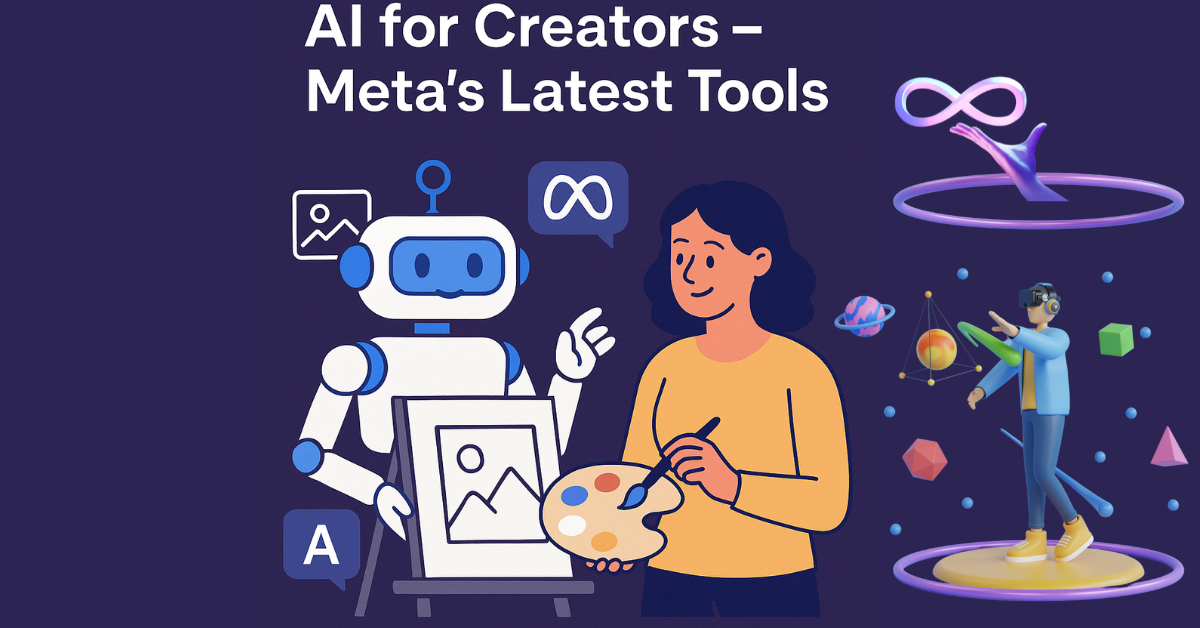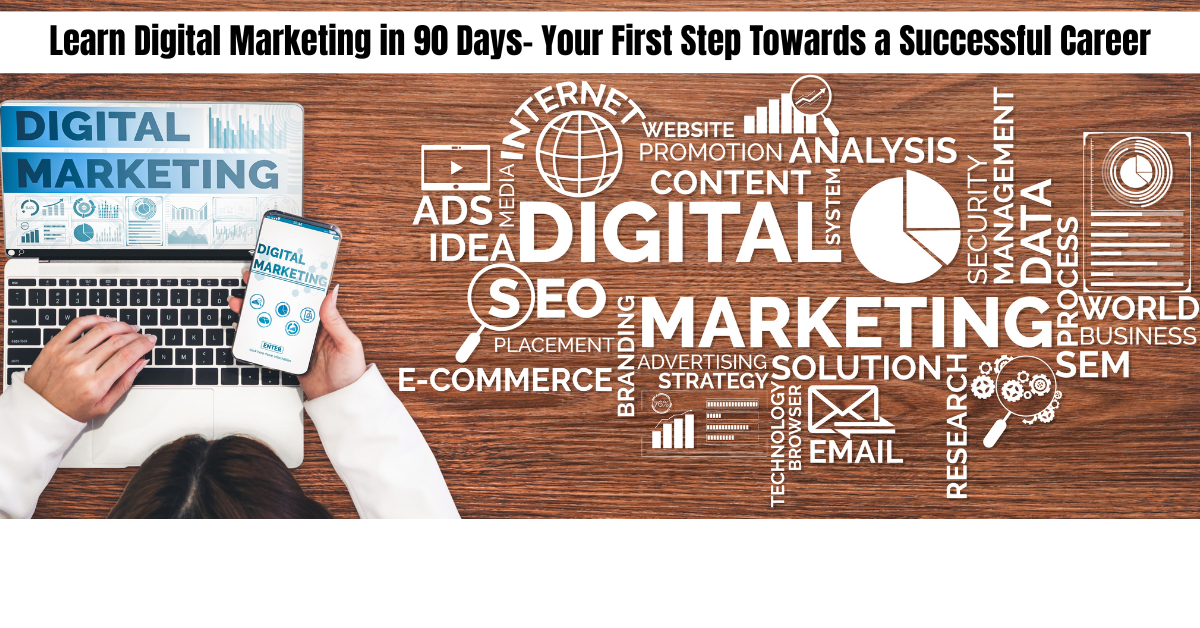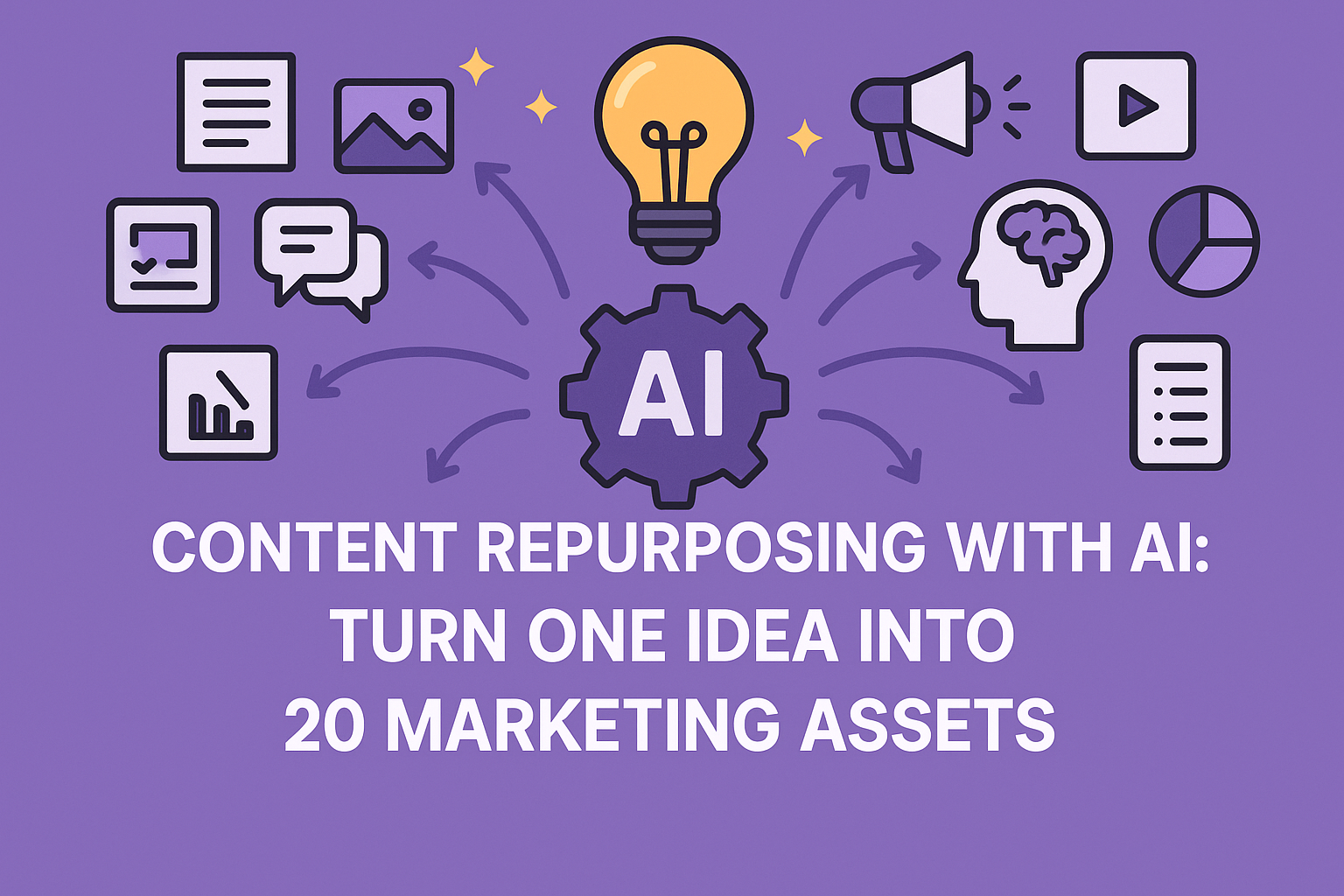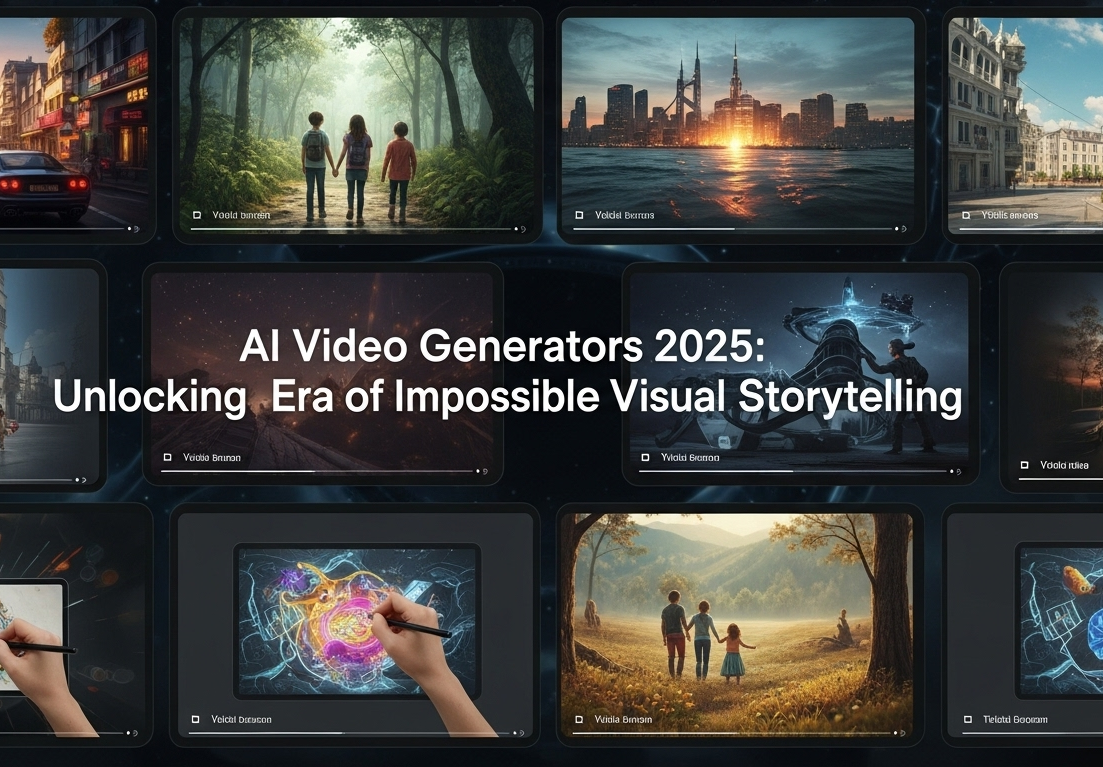Introduction: The Evolution of Digital Frontiers
As we step deeper into 2025, digital marketing is undergoing one of the most transformative shifts in its history—thanks to the rise of the metaverse and virtual spaces. What once began as a speculative buzzword has now matured into a sophisticated marketing frontier. The metaverse, characterized by immersive virtual environments, persistent avatars, interactive 3D spaces, and real-time collaboration, is no longer just an idea explored by tech giants; it’s becoming a marketing staple across industries. With major advancements in virtual reality (VR), augmented reality (AR), artificial intelligence (AI), and blockchain technologies, brands now have unprecedented freedom to reimagine how they engage audiences.
Whether through virtual storefronts, immersive concerts, branded gaming experiences, or digital fashion shows, businesses are realizing the metaverse isn’t a passing trend—it’s the next digital economy. In this blog, we’ll dive deep into how brands are leveraging this evolution. From hosting unforgettable VR events and launching products in fully-immersive 3D environments, to building spatial brand worlds, issuing NFTs, and redefining customer engagement, the metaverse offers powerful tools that go far beyond clicks and impressions. With over $500 billion projected to be spent globally on the metaverse economy by 2030, brands that act now can earn first-mover advantage and deeper loyalty in a digitally-native world.
Virtual Environments as Marketing Platforms

At the heart of the metaverse lies the concept of spatial computing—where environments are not just viewed, but experienced. Unlike flat websites or social media pages, virtual spaces allow users to walk around, explore products in 360 degrees, interact with brand representatives (as avatars or AI bots), and socialize with other users. This immersive nature creates stronger emotional bonds, which in turn leads to higher engagement rates. Retailers like Nike, Gucci, and Samsung have already built virtual worlds within platforms such as Roblox, Decentraland, and Meta’s Horizon Worlds.
In these brand-specific digital universes, customers can not only browse but also interact with virtual products, earn digital badges, and even purchase exclusive items—some of which are tied to real-world merchandise. This “phygital” integration blurs the line between physical and digital commerce. Moreover, brands can host 24/7 experiences, eliminating time zone restrictions and offering global access. Unlike traditional websites, these spaces are alive—changing dynamically based on user behavior, time of day, or seasonal events. In 2025, virtual environments are no longer an “optional experiment”—they’re a crucial extension of the brand ecosystem.
Immersive VR Events: Redefining Audience Engagement
One of the most explosive trends in metaverse marketing is the use of immersive VR events to foster deeper audience engagement. Gone are the days when events were limited by physical venue capacity or geographic reach. Today, companies can host global product launches, fan meetups, and press conferences entirely within a virtual arena, attended by thousands of users represented as avatars. These are not static livestreams, but full-scale interactive events with stages, sound effects, animated screens, and gamified interactions. Attendees can interact with hosts, ask questions, network with other avatars, and even receive digital merchandise (like wearable NFTs or branded gear for their avatars).
For instance, in early 2025, a leading automaker launched its electric vehicle model in a fully-immersive 3D showroom.Guests could enter the virtual garage, customize vehicle colors, explore interiors with a 360° view, and test-drive the car through an AR-compatible controller—all from their homes. The feedback and media attention it garnered surpassed many real-world launches. Not only are VR events cheaper to produce in the long run, but they’re also more data-rich, offering analytics on engagement time, movement patterns, emotional responses, and product interest.
Product Launches in the Metaverse: Building Anticipation in 3D

Launching a product in the metaverse opens doors to experiences that simply aren’t possible in the physical world. Imagine unveiling a luxury watch in a space station orbiting Mars, or a sneaker release held inside a colossal floating arena filled with choreographed light shows and live music. The boundaries are limited only by creativity—and the metaverse thrives on pushing those boundaries. Brands are now orchestrating “experience-first” product reveals where the focus isn’t just on the product, but on the immersive storytelling that surrounds it.
Users are drawn into a narrative that makes the product launch feel like an epic adventure or a cinematic journey. In 2025, some brands even allow users to “unlock” new product features by completing interactive quests or solving brand-themed puzzles. The sense of participation and achievement creates emotional attachment and enhances brand recall. Furthermore, virtual influencers and AI-powered avatars are playing the role of hosts and endorsers during these launches, making the event feel futuristic yet personal. All of this contributes to creating hype, community buzz, and strong word-of-mouth—all at a fraction of the cost of a traditional in-person launch.
3D Branding: From Logos to Living Worlds
Branding in the metaverse is not just about visuals; it’s about experiences. Logos are no longer static symbols—they’re dynamic, immersive, and reactive. A brand’s identity in the metaverse lives through its textures, sound design, environmental storytelling, and the interactivity it offers. In this context, 3D branding refers to creating a holistic virtual ecosystem that expresses a brand’s essence. It could be a branded island, a theme park, a showroom, or even a social hangout.
These spaces become ongoing destinations where consumers voluntarily return—not for shopping alone, but to play games, interact with communities, attend workshops, or even just chill out. Such branded environments allow marketers to instill their value propositions into every pixel. For example, a sustainability-focused brand might build a virtual forest where users plant trees that convert into real-world donations. A tech company might build a futuristic laboratory where users experiment with products and earn badges. The emotional imprint of such experiences is far stronger than any billboard or 2D ad.
Gamification and User-Generated Content
To keep audiences engaged over time, brands are increasingly integrating game-like mechanics into their virtual experiences. Points systems, leaderboards, scavenger hunts, rewards, and interactive storytelling are becoming the norm. These techniques tap into users’ intrinsic motivation for achievement, competition, and exploration. For instance, during a fashion brand’s virtual runway event, users were challenged to locate hidden items throughout the venue. Winners received limited-edition digital outfits for their avatars. In another case, a music streaming platform created a “Beat Hunt” quest where users searched for musical notes across the metaverse to unlock backstage access to a live concert.
Moreover, empowering users to co-create content is a major differentiator. By letting them design their own virtual merchandise, customize avatars, or contribute to the world-building process, brands are transforming passive consumers into active collaborators. This not only builds deeper emotional bonds but also generates organic marketing through word-of-mouth and social sharing. In 2025, gamification is no longer a gimmick—it’s a cornerstone of digital experience design.
NFTs, Blockchain & the Rise of Digital Ownership

NFTs (non-fungible tokens) are another pillar of marketing in virtual spaces, particularly in creating a sense of exclusivity, ownership, and status. NFTs allow users to own unique digital items—from fashion accessories and concert tickets to rare avatars and brand-branded furniture. Brands are using NFTs as a tool for loyalty, engagement, and storytelling. For instance, a beverage brand created a limited series of NFT bottle designs, with each design unlocking access to a virtual tasting room hosted by mixologists. These NFTs also served as membership passes to future events.
The use of blockchain ensures transparency, authenticity, and transferability of digital assets, creating a new layer of economic activity within the brand ecosystem. Furthermore, NFT-based commerce enables resale and trading markets, allowing users to gain value from brand participation. It’s a win-win—users feel empowered, and brands gain a thriving secondary market of engagement and revenue. As the metaverse matures, NFTs will evolve beyond collectibles into programmable assets, dynamic memberships, and even voting tools in brand governance.
AI, Personalization, and Real-Time Analytics
With AI embedded into virtual environments, experiences are becoming smarter and more adaptive. Brands can now use AI to monitor user behavior, predict preferences, and customize virtual environments in real-time. For example, a virtual store might rearrange its layout based on what a user is most likely to explore, while a branded AI assistant guides them through the experience. In educational metaverse spaces, AI can assess a user’s learning style and adjust content delivery accordingly.
On the analytics side, brands are getting access to a treasure trove of data—how long users linger near a product, what emotions they express (via biometric feedback), and which paths they follow through the environment. This data helps refine campaigns, design better experiences, and improve conversion rates. The combination of AI and immersive environments turns digital marketing into a continuously evolving conversation with the user—one that is deeply personalized, engaging, and contextual.
Challenges, Ethics & The Road Ahead
Despite its potential, metaverse marketing is not without challenges. Accessibility remains a major concern—not all users have VR headsets or high-speed internet. To counter this, brands must offer hybrid experiences that work on both immersive platforms and traditional screens. Privacy is another key issue. As virtual environments collect intimate behavioral data, brands must adhere to ethical guidelines and ensure user consent. Transparent data policies, encrypted storage, and user control over information are essential.
There’s also the danger of over-commercialization—if virtual spaces become too brand-saturated, users may disengage. The solution lies in balance: delivering value, entertainment, and authenticity, rather than just pushing products. Looking ahead, industry standards will emerge to guide best practices. Governments and global organizations are beginning to explore digital rights, virtual land regulation, and interoperability standards. The brands that lead with responsibility, creativity, and community-first thinking will thrive.
Conclusion: Embrace the New Digital Reality
The metaverse is not science fiction—it is the new internet. As we navigate 2025, digital marketing is being redefined in ways never imagined a decade ago. From virtual concerts and 3D retail to interactive storytelling and AI-powered personalization, marketers have an entirely new canvas. The brands that succeed will be those who understand that this isn’t just about technology—it’s about human connection in a new dimension.
It’s about giving people experiences, not just ads. Identity, culture, and commerce are now taking place in digital spaces where engagement is deeper and attention spans are longer. Now is the time to experiment, create, and build. Because in the metaverse, your brand is no longer a website—it’s a world. learn more about Digital Marketing with Zealimpact

